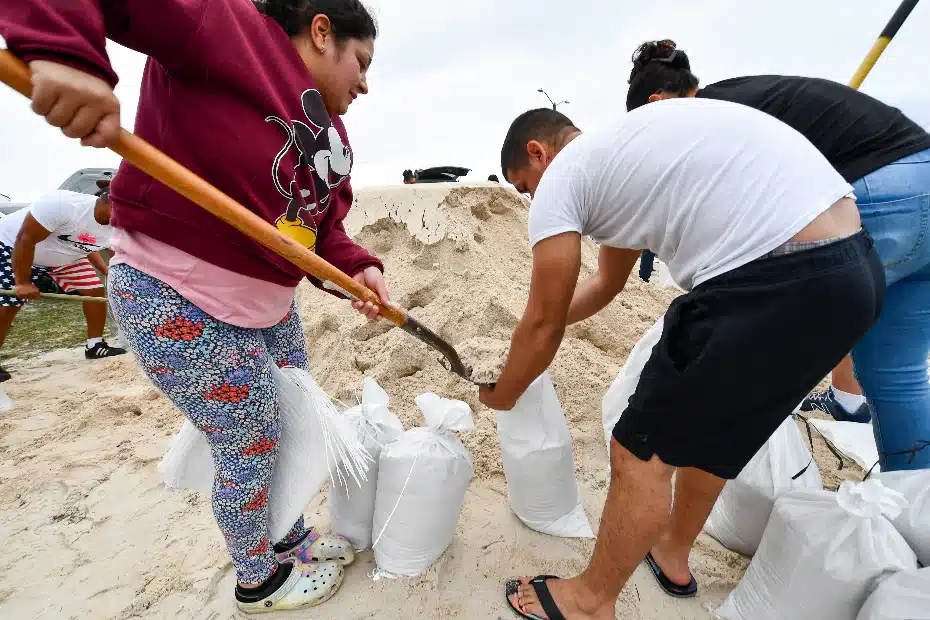Hurricane Milton is barreling toward Florida’s west coast, currently a Category 5 storm that is expected to bring 10 to 15 feet of catastrophic storm surge to the Tampa area that will result in “few places that are safe,” according to a simulation by The Weather Channel.
At 3 feet, “water is already life-threatening,” according to The Weather Channel’s Stephanie Abrams in the simulation. “It’s too late to evacuate. Water can knock you off your feet,” she said.
“At 6 feet, vehicles get carried away and structures start to fail,” she said.
Above 9 feet, “first floor of structures are completely flooded and there are few places that are safe when the water rises this high.”
Milton is expected to get bigger but weaken when it makes landfall late Wednesday night or early Thursday morning as a Category 3 hurricane.
So what is a storm surge? Plenty of news websites are racing to explain the concept as Milton pushes toward Florida with potential for a once-in-a-lifetime consequence. One good explanation is offered by the BBC, which explains that “a storm surge is an abnormal rise in sea level caused by a storm.
“Tropical cyclones such as hurricanes do not just bring strong winds and heavy rain. Often it is the storm surge that produces the most damage and threat to life through extensive coastal flooding.
“Tropical cyclones form at sea fueled by warm water. Strong winds develop as air begins to circulate. Water is pushed in the direction in which the winds are blowing, causing the water levels to rise.”
They are worse at high tide, though other factors, including area topography and the strength of the storm, play roles as well.
According to the BBC, some people may liken surge to a tsunami, which is caused by seismic activity or other undersea movements.
Though they’re not the same, both can be destructive to coastal regions.









